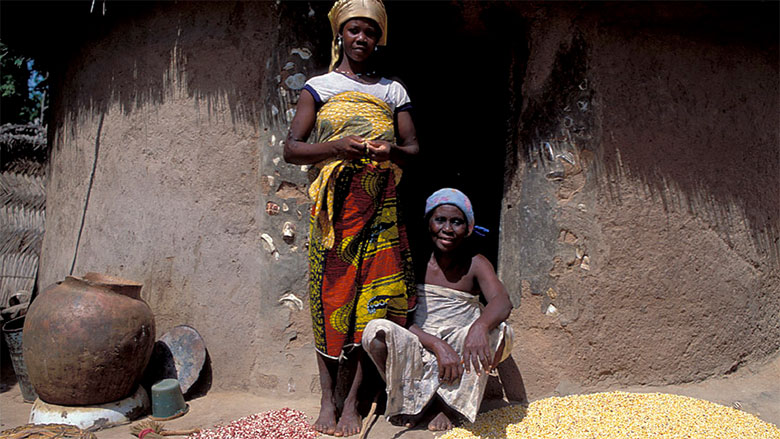Gender-differentiated roles, responsibilities and constraints influence how individuals use and benefit social protection program assistance. This is particularly true in the Sahel where levels of gender segregation of resources and responsibilities are very high.
An overview of safety net programs and gender showed that to maximize the impact of social protection programs, greater consideration of intra-household dynamics is required during the design phase, when strategic decisions have to be made, such as who to target, how much and how often to give cash transfers, and what measures should accompany cash transfers. This task becomes even more complex in the context of polygamous households.
To develop recommendations, a preliminary qualitative study was conducted in the Northern region of Burkina Faso that examined resources and risk sharing practices among polygamous households. Based on the findings, the authors propose a few suggestions for how to think about the potential influence of intra-household dynamics on the effects of cash transfer programs in the region, including:
- Who to target? Participant selection should depend on program objectives. In the Sahel, there is a high degree of gender segregation of resources and responsibilities, which has important implications for the design of social protection programs in this region.
- How much, how often? Gender- differentiated control over different types and sources of income should be considered when determining the size and frequency of cash transfers.
- What accompanying measures? To reach their objectives, cash transfer programs are often complemented by additional services. Social protection programs designed to increase profitability of income generating activities should evaluate how the level of pooling or individualization of income within a household will affect the success of accompanying interventions implemented at the community, household or individual level.
